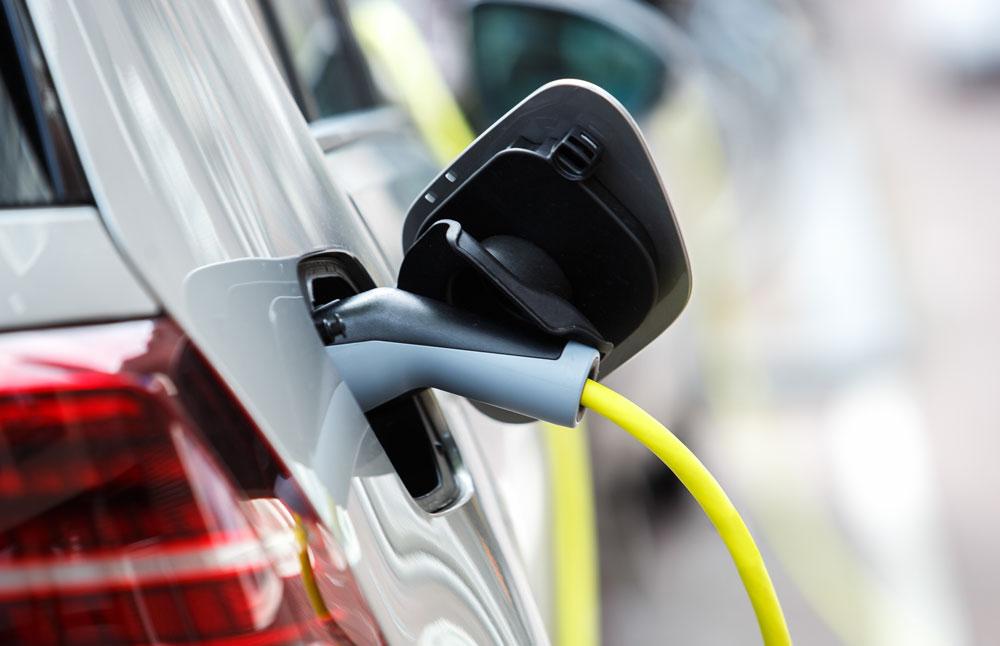EVA England has launched its updated Constituency Map, offering England’s most detailed snapshot of how local communities are progressing in the transition to electric driving.
Developed by Field Dynamics, with input from Zapmap, the map provides a constituency-level breakdown of EV uptake and the availability of public charging infrastructure in each constituency in England.
The release comes two years after EVA England published its first version of this map. Since then, the EV landscape has changed significantly: EVs now make up nearly a quarter of all new car sales; public chargepoints have grown to more than 86,000; and consumer confidence continues to rise.
For the first time, the updated map demonstrates how each region and local community is progressing in supporting greater use of EVs by rolling out charging infrastructure to serve drivers without access to private charging.
The map reveals that the top 5 constituencies so far, for households without access to off-street parking that are within a five-minute walk of a charger are: Queen’s Park and Maida Vale; Peckham; Kensington and Bayswater; Islington South and Finsbury; and Hackney South and Shoreditch.
Within all of these boroughs, over 99% of households are within reach of a chargepoint, and in Queens Park and Maida Vale, and Kensington and Bayswater, over 10% of cars within the borough are electric.
Outside of London, Coventry and Brighton are demonstrating considerable progress in rolling out charging infrastructure, with just under 90% of households in Coventry South within five minutes of a charger, which should support more and more drivers in switching to electric in those areas.
The map also shows the areas of England where EV uptake (defined as the estimated number of EVs as a proportion of all vehicles in the constituency) is lagging behind, and where more effort is needed to show drivers that these cars can work for them.
The bottom 5 constituency areas for EV uptake, where 2% or less of vehicles in the area are electric, are: Smethwick; West Bromwich; Plymouth Sutton and Devonport, and Plymouth Moorview; Tipton and Wednesbury; and Kingston upon Hull.
More broadly, the map allows local authorities, chargepoint operators, policymakers, and residents to understand how their constituency compares to neighbours and to regional averages. It highlights where public charging is keeping pace with demand - and where urgent action is needed.

